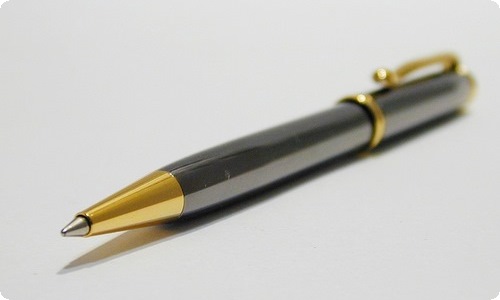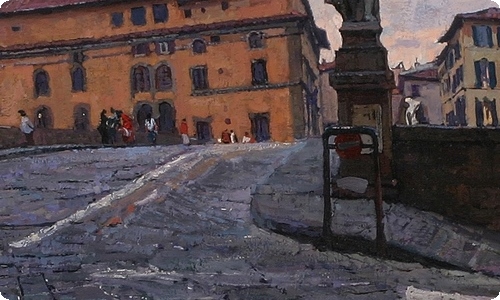
外研版高一英语教案
日记的内容,来源于我们对生活的观察,因此,可以记事,可以写人,可以状物,可以写景,也可以记述活动,凡是自己在一天中做过的,或看到的,或听到的,或想到的,都可以是日记的内容。下面是小编为大家提供的外研版高一英语教案,希望能够帮到大家!
篇一:外研版高一英语必修4学案Module 4 全单元学案2高一英语必修4学案Module 4 Grammar
主备人: 周次 18 时间_____编号:NO. 89 姓名:_____审核人:_________ Learning Contents(学习内容): Grammar
Learning Aims(学习目标):
1. Make students learn how to use passive voice in different tenses.
2.. To improve students’ oral practice of famous scientists
Important and Difficult Points (重点难点):
1. Use passive voice in different tenses.
2. Remember the examples and the rules.
【导读】被动语态
1)被动语态的构成:
被动语态是由“助动词be +done ”构成, 而时态是通过助动词be, have, shall, will, should, would 的不同形式表现出来。
get done
get 是连系动词, 相当于be, 但get done 着重强调结果, 并且get done句式不用by 来表示动作执行者, 而be done 既可用by 表示出动作的执行者,也可以省略掉。 e.g. Our house is getting painted. We get paid by the day.
含有情态动词的被动句式: 情态动词+be 或have been done
e.g. The work must be done right now.
be going to, be to, have to, used to等句式中的不定式后仍可以使用被动句式, 其中包括不定式完成式的被动句式. The task seems to have been finished.
【导思】2)主语+谓语+宾语 e.g. He wrote this book. → The book was written by him. 主语+谓语+双宾语(直接宾语与间接宾语)主语+谓语+宾语+宾语补足语
e.g. They are going to paint the wall white.→ __________________________________. The shop owner made him work over eight hours a day.
He persuaded his father to give up smoking.____________________________________ 主语+谓语+it+宾补(形容词/名词)+to do/doing/that从句
e.g. We consider it a waste of time to do so. →It is considered a waste of time to do so.
3) vi. + prep. / vt.+n.+prep. / vi.+adv.+prep.这类短语变成被动语态时,介词不可省 e.g. The house was broken into.
Women were looked down upon in the old days.
4)英语中主动形式表被动含义的几种情况
当主语表示其本身具有某种特质或与众不同的特点,主语通常情况下是物而不是人。 应该注意句中谓语应是不及物动词, 不能使用进行时。
The glass of the house cleans easily.
be worth, want, need, desire, require + doing , doing 表被动含义。
e.g. My bike needs repairing. → _______________________. The boy is worth teaching. → the boy is worthy of being taught.→ the boy is worthy to be taught.
give, show, hand, send, pay, lend, pass, tell, write, bring, sell, offer, cause, wish, teach, buy等常有双宾语,变被动态时应考虑加上介词for或to
【导练】Can you find out anything special around the sentences below?
a. The flowers smell sweet.___________________________-
b. The cloth washes well. ____________________________ c. The poem reads smoothly. d. This kind of rice cooks more quickly than that kind.
e. This book sells good._____________________________
系动词 + adj.:主动表被动
某些和well, easily等副词连用的不及物动词, 如read, wash, clean, cook, close, cost, lock, look, open, sell, write, wear, etc.
【导练】1. – The window is dirty. – I know. It _____ for weeks.
A. hasn’t cleaned B. didn’t clean C. wasn’t cleaned D. hasn’t been cleaned
2. Now that she is our of a job, Lucy ___ go ……此处隐藏9810个字……th C.exchange; for D.exchange; with
12.I want to sell the house, but ________ I can't bear the thought of moving.
A.in other words B.on the other hand C.for one thing D.as a matter of fact
13.As you can see, the number of cars on roads ________ rising these days.
A.was keeping B.keep C.keeps D.were keeping
14.The police suspected these two men were ________ the robbery.
A.connecting with B.connected to C.connecting to D.connected with
15.—How did you find your visit to the Three Gorges Dam? —________
A.First by train and then by ship. B.I went there alone.
C.Oh, wonderful, indeed. D.A classmate of mine showed me the way.
扩展阅读http://europa.eu/index_en.htm
Basic information on the European Union
The European Union is a unique economic and political partnership between 27 European countries.
It has delivered half a century of peace, stability, and prosperity, helped raise living standards, launched a single European currency, and is progressively building a single Europe-wide market in which people, goods, services, and capital move among Member States as freely as within one country.
The EU was created in the aftermath of the second world war. The first steps were to foster : countries that trade with one another are economically interdependent and will thus avoid conflict.
Since then, the union has developed into a huge with the as its common currency. What began as a purely economic union has evolved into an organisation spanning all areas, from aid to .
The EU actively promotes and has the most ambitious emission reduction targets for in the world. Thanks to the between EU countries, it is now possible for people to travel freely within most of the EU. It has also become much easier to live and work in another EU country.
The European Flag
The European flag is the symbol not only of the European Union but also of Europe's unity and identity in a wider sense.
The European flag consists of 12 golden stars in a circle on a blue background. The stars symbolise the ideals of unity, solidarity and harmony among the peoples of Europe.
The number of stars has nothing to do with the number of member countries, though the circle is a symbol of unity.
History of the European flag
The history of the flag goes back to 1955. The - defending human rights and promoting European culture – adopted the present design for its own use.
Over the following years the Council of Europe encouraged the emerging European institutions to adopt the flag as well.
In 1983, the adopted the flag. In 1985, it was adopted by all EU leaders as the official emblem of the European Union (called the European Communities at the time). All European institutions have been using it since 1986.
The European flag is the only emblem of the - the EU's executive arm. Other EU institutions and bodies use an in addition to the European flag.

文档为doc格式



